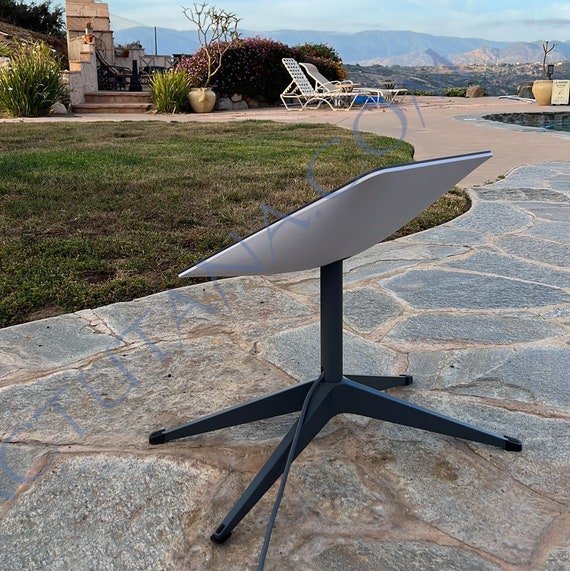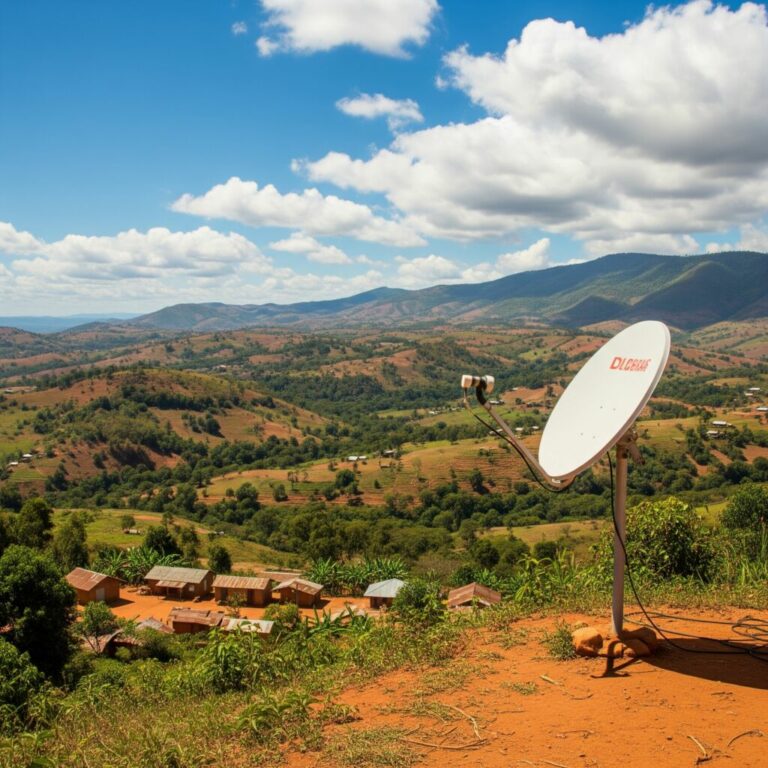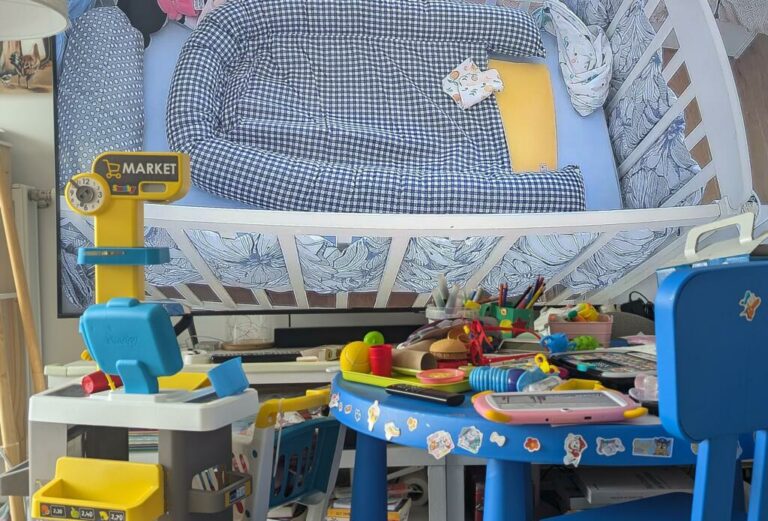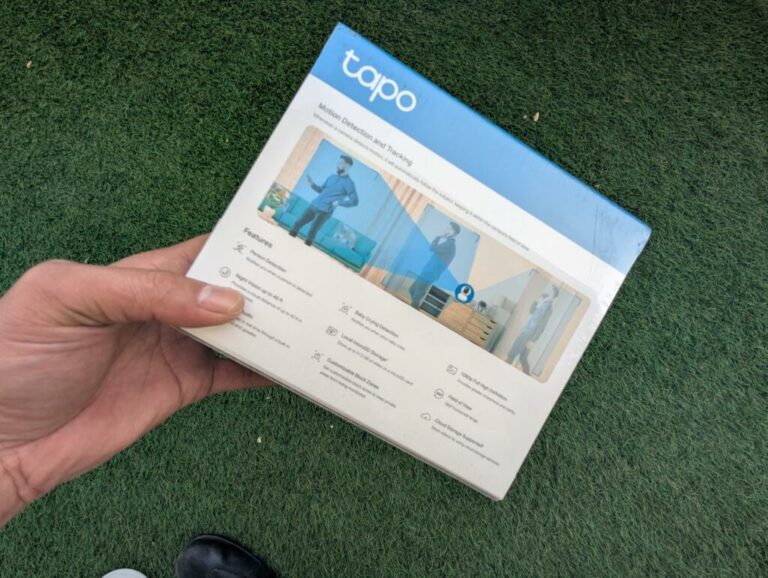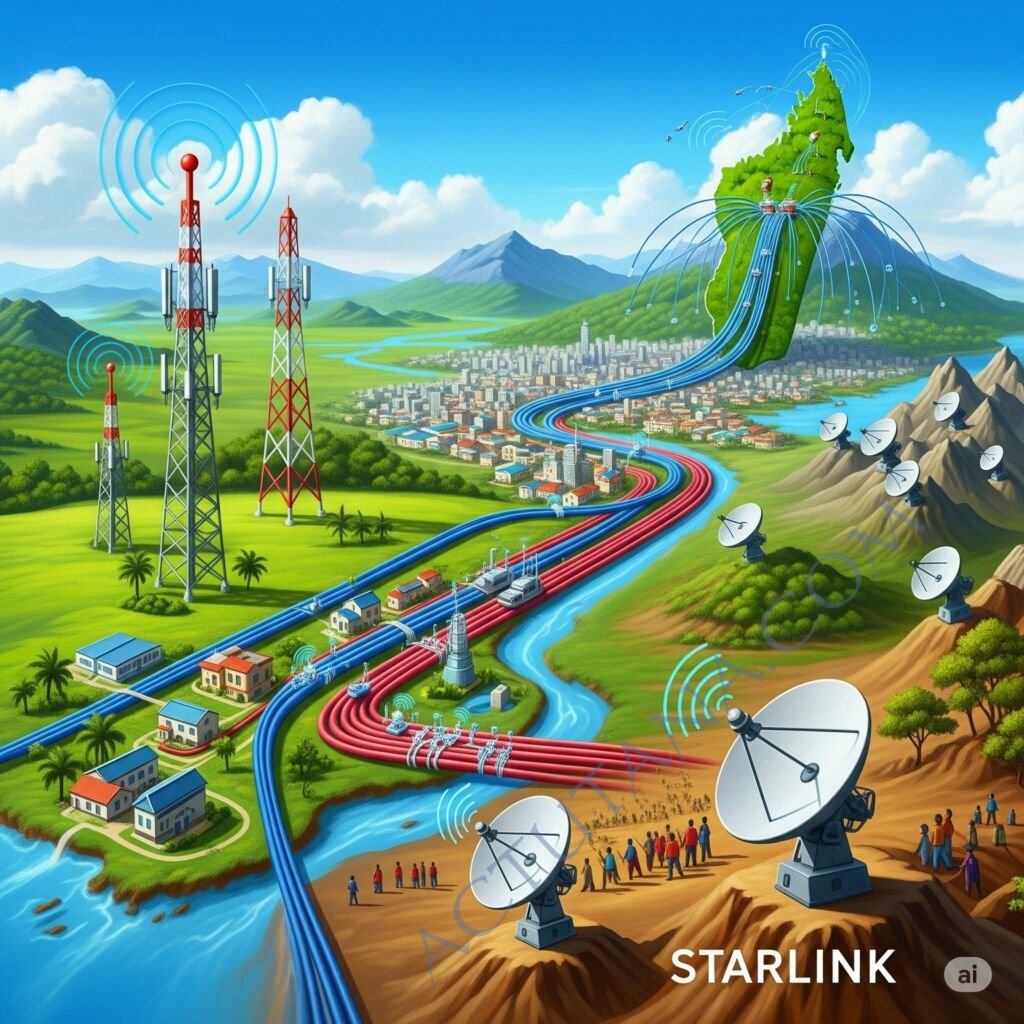
Madagascar, like many developing countries, is navigating the challenges and opportunities of internet connectivity. Progress is constant, but the choice of solution largely depends on needs and location.
Here is a detailed comparison of the different options available today.
Mobile Internet: The Most Widespread Solution
Mobile internet is undoubtedly the most common way for Malagasy people to access the web, thanks to the proliferation of smartphones.
The main players are Telma, Orange Madagascar, and Airtel Madagascar. Telma is often seen as a pioneer, having been the first to deploy 5G.
Telma and Orange share the lead in terms of overall mobile internet performance, according to nPerf (April 2024).
Benefits
It’s a very accessible solution, with a simple subscription. Coverage is constantly improving: in 2023, 2G and 3G covered 88.5% and 68.2% of the territory respectively, 4G reached 33% of the population, and 5G 6.12%.
The Malagasy government is working to extend these figures to rural areas. Flexibility is a major asset, with a multitude of plans (prepaid, postpaid, limited, or unlimited) adapted to all budgets and uses.
Finally, mobility is complete, allowing connection anywhere via smartphone, 3G/4G dongle, or portable Wi-Fi modem.
Disadvantages
Despite the arrival of 4G and 5G, stability and speed can vary greatly depending on location and network congestion.
The cost of plans with large data volumes remains high for intensive use.
Finally, the digital divide persists: despite efforts, approximately 80% of the population does not use the internet, partly due to a lack of infrastructure and costs.
Fixed Internet: Stability and Speed for Homes and Businesses
For individuals and businesses, fixed internet generally offers a more stable connection and higher speeds.
Telma is also a major player here, particularly thanks to its fiber optic deployment with offers such as Fiber Home and Fiber Family.
Orange Madagascar offers solutions such as “Wifiber” (unlimited internet with no commitment) and “Homenet,” which also uses 4G/LTE for home access via dedicated routers (FlyBox 4G).
Blueline is also present, offering fixed internet via 4G LTE and microwave links (HF).
Advantages
Stability and speed are the strong points, especially with fiber optics, which allows for intensive use (4K streaming, remote working).
Capacity is often higher, with larger or even unlimited data volumes.
It is the ideal solution for homes and businesses needing to connect multiple devices simultaneously.
Disadvantages
Fiber optic availability is limited to large cities and urban areas. Installation fees may be added to the monthly subscription.
Finally, it’s a geographically dependent solution, with the connection tied to a specific address.
Satellite Internet: Connecting the Unconnectable
This solution is growing rapidly and promises to revolutionize internet access in remote areas of Madagascar.
Starlink (SpaceX), which was authorized to operate in Madagascar in May 2024, is a major solution. It promises high-speed internet access with low latency, even in the most isolated areas of the country.
Blueline is also expanding its satellite internet offerings with “Konnect by Blueline,” using Eutelsat satellites for unlimited and affordable plans.
Benefits
Satellite internet offers extensive coverage, enabling access in areas where terrestrial infrastructure is nonexistent or insufficient. For Starlink, high speed and low latency are major advantages, making it comparable to some terrestrial offerings.
Disadvantages
The cost of equipment (antenna, modem) can be expensive to purchase for all satellite solutions, including Starlink.
While Starlink significantly reduces this problem, latency can be a factor for other, older satellite systems.
Finally, the connection can be sensitive to extreme weather conditions (heavy rain, thunderstorms), which can affect signal quality.
Internet cafes: occasional access
Although their importance has diminished with the rise of mobile internet, internet cafes remain a viable option for those who lack regular access or require an occasional connection.
Advantages
They offer occasional, no-obligation access, with computers and a broadband connection available. They are generally located in city centers.
Disadvantages
The cost per minute or hour can become high for extended use. Privacy is limited in a public space, and availability requires physical travel.
How to choose your solution?
To make the right choice, several factors must be considered:
- Your location: Service availability varies greatly between urban and rural areas. Satellite internet, particularly Starlink, is often the best option for remote areas.
- Your data and bandwidth needs: Occasional use does not require the same performance as a business or home with multiple heavy users.
- Your budget: Subscription and installation costs can vary considerably.
- Your mobility needs: If you need to be connected on the go, mobile internet is the solution. For a stable connection at home, fiber is preferable if available.
Madagascar continues to invest in improving its infrastructure, particularly through the expansion of fiber optics and support for large-scale projects like Starlink.
The objective is clear: to bridge the digital divide and provide faster and more reliable internet access to the entire Malagasy population.

 5086.85 ar
5086.85 ar 4467.58 ar
4467.58 ar

